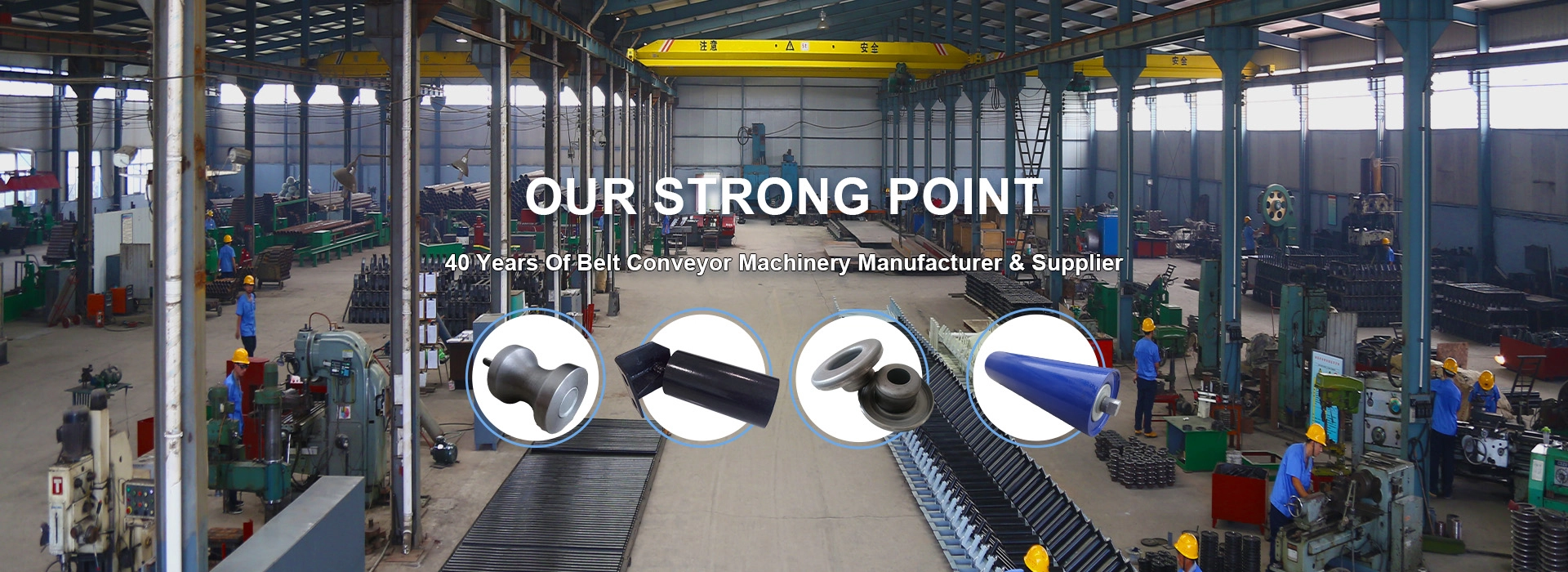 Afrikaans
Afrikaans  Albanian
Albanian  Amharic
Amharic  Arabic
Arabic  Armenian
Armenian  Azerbaijani
Azerbaijani  Basque
Basque  Belarusian
Belarusian  Bengali
Bengali  Bosnian
Bosnian  Bulgarian
Bulgarian  Catalan
Catalan  Cebuano
Cebuano  Corsican
Corsican  Croatian
Croatian  Czech
Czech  Danish
Danish  Dutch
Dutch  English
English  Esperanto
Esperanto  Estonian
Estonian  Finnish
Finnish  French
French  Frisian
Frisian  Galician
Galician  Georgian
Georgian  German
German  Greek
Greek  Gujarati
Gujarati  Haitian Creole
Haitian Creole  hausa
hausa  hawaiian
hawaiian  Hebrew
Hebrew  Hindi
Hindi  Miao
Miao  Hungarian
Hungarian  Icelandic
Icelandic  igbo
igbo  Indonesian
Indonesian  irish
irish  Italian
Italian  Japanese
Japanese  Javanese
Javanese  Kannada
Kannada  kazakh
kazakh  Khmer
Khmer  Rwandese
Rwandese  Korean
Korean  Kurdish
Kurdish  Kyrgyz
Kyrgyz  Lao
Lao  Latin
Latin  Latvian
Latvian  Lithuanian
Lithuanian  Luxembourgish
Luxembourgish  Macedonian
Macedonian  Malgashi
Malgashi  Malay
Malay  Malayalam
Malayalam  Maltese
Maltese  Maori
Maori  Marathi
Marathi  Mongolian
Mongolian  Myanmar
Myanmar  Nepali
Nepali  Norwegian
Norwegian  Norwegian
Norwegian  Occitan
Occitan  Pashto
Pashto  Persian
Persian  Polish
Polish  Portuguese
Portuguese  Punjabi
Punjabi  Romanian
Romanian  Russian
Russian  Samoan
Samoan  Scottish Gaelic
Scottish Gaelic  Serbian
Serbian  Sesotho
Sesotho  Shona
Shona  Sindhi
Sindhi  Sinhala
Sinhala  Slovak
Slovak  Slovenian
Slovenian  Somali
Somali  Spanish
Spanish  Sundanese
Sundanese  Swahili
Swahili  Swedish
Swedish  Tagalog
Tagalog  Tajik
Tajik  Tamil
Tamil  Tatar
Tatar  Telugu
Telugu  Thai
Thai  Turkish
Turkish  Turkmen
Turkmen  Ukrainian
Ukrainian  Urdu
Urdu  Uighur
Uighur  Uzbek
Uzbek  Vietnamese
Vietnamese  Welsh
Welsh  Bantu
Bantu  Yiddish
Yiddish  Yoruba
Yoruba  Zulu
Zulu Efficient Designs for Belt Conveyor Rollers in Material Handling Systems
The Importance of Belt Conveyor Rollers in Material Handling
Belt conveyor systems are an integral part of many industrial processes, playing a crucial role in the transport of materials across various environments. At the heart of these systems lies a critical component the belt conveyor roller. Understanding the design, function, and significance of these rollers is key to optimizing the performance and efficiency of conveyor systems.
Belt conveyor rollers, also known as idlers, are cylindrical components that support the conveyor belt and the material being transported. They serve several essential functions, including reducing friction, supporting the weight of the belt and its cargo, and ensuring smooth movement of the conveyor. Rollers are typically made from durable materials such as steel or plastic, designed to withstand harsh operating conditions and heavy loads.
One of the primary benefits of using belt conveyor rollers is their ability to minimize friction between the belt and the roller surface
. This reduction in friction not only aids in efficient material handling but also prolongs the lifespan of the conveyor belt itself. With lower friction levels, there is less wear and tear on the belt, resulting in decreased maintenance costs and extended operational longevity.Moreover, the design of the rollers contributes significantly to the overall performance of the conveyor system. Properly aligned and evenly spaced rollers ensure that the conveyor belt moves in a straight path, preventing issues such as belt misalignment, which can lead to inefficiencies and potential damage. The selection of the right roller types—be it smooth, grooved, or rubber-coated—depends on the specific application and the materials being handled.
belt conveyor roller

In terms of maintenance, conveyor roller systems require regular inspections to ensure optimal performance. Over time, rollers can wear down, develop rust, or become misaligned, leading to breakdowns and operational delays. Implementing a proactive maintenance schedule that includes cleaning, lubrication, and timely replacement of worn parts helps mitigate these issues and keeps production lines running smoothly.
Another important consideration is the environmental impact of conveyor systems. The design of modern belt conveyor rollers often incorporates features aimed at reducing energy consumption and minimizing noise pollution. For example, the use of lightweight materials and self-lubricating bearings can contribute to energy efficiency, making these systems more sustainable.
In addition to their functional benefits, innovative designs in conveyor roller technology have enhanced safety in the workplace. For instance, rollers designed to prevent material spillage reduce risks associated with slippery floors, thereby protecting workers and improving overall safety conditions.
In conclusion, belt conveyor rollers are a fundamental part of an efficient material handling system. Their ability to reduce friction, support heavy loads, and facilitate the smooth operation of conveyor belts makes them indispensable in various industries. Regular maintenance and technological advancements further enhance their effectiveness, ensuring that conveyor systems operate at peak efficiency. As industries continue to evolve, the significance of high-quality belt conveyor rollers will only grow, reflecting their vital role in modern material handling solutions.
-
Revolutionizing Conveyor Reliability with Advanced Rubber Lagging PulleysNewsJul.22,2025
-
Powering Precision and Durability with Expert Manufacturers of Conveyor ComponentsNewsJul.22,2025
-
Optimizing Conveyor Systems with Advanced Conveyor AccessoriesNewsJul.22,2025
-
Maximize Conveyor Efficiency with Quality Conveyor Idler PulleysNewsJul.22,2025
-
Future-Proof Your Conveyor System with High-Performance Polyurethane RollerNewsJul.22,2025
-
Driving Efficiency Forward with Quality Idlers and RollersNewsJul.22,2025





























